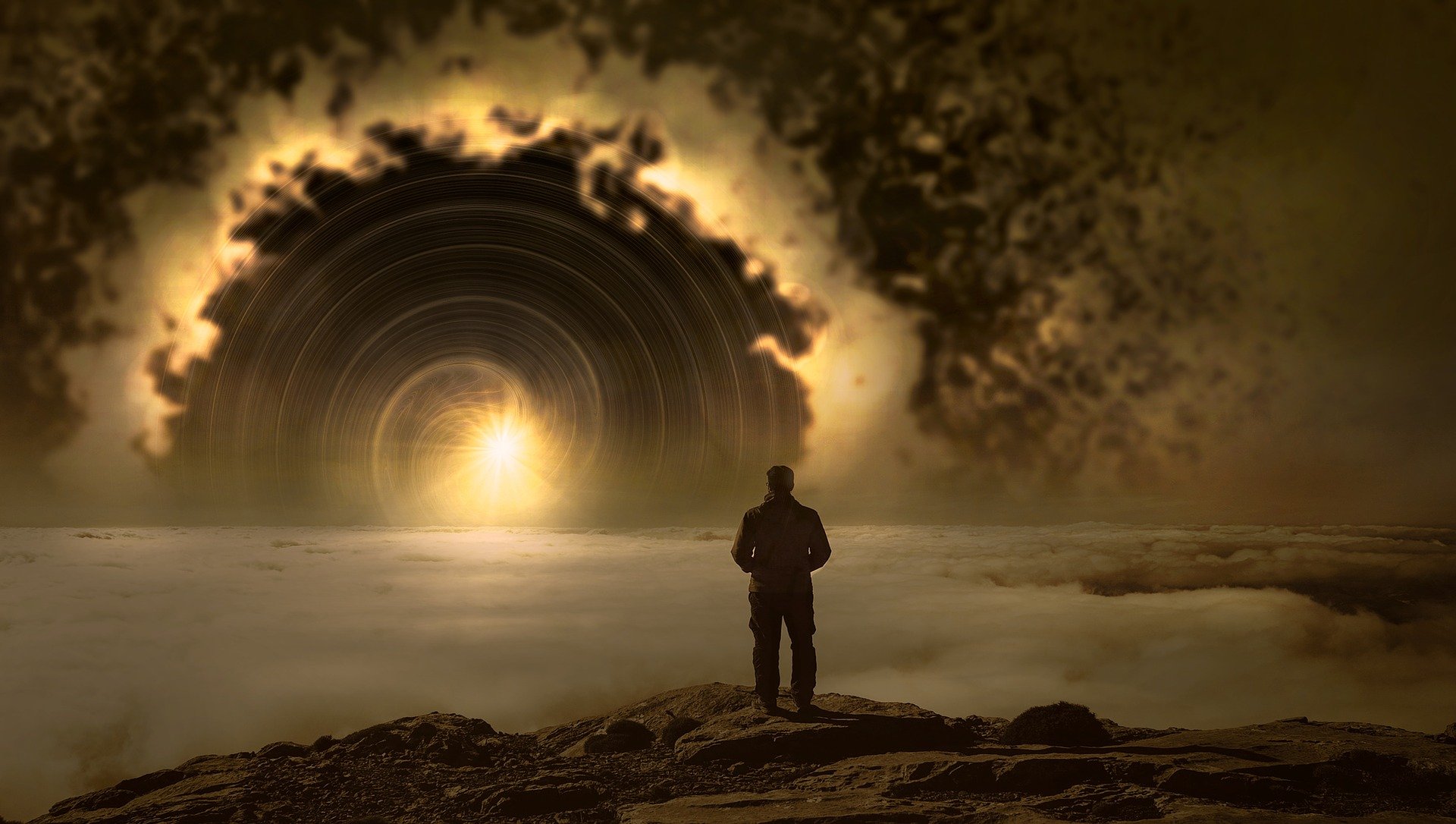– Sharika Dhakappa
EDITOR’S NOTE
Hello, my fellow physicists! It’s time for another story to tell. However, this story is not written by me. As promised, Captain Quanta has returned to all of you with the winning article of Eureka! The reason why I chose this article is because it somehow tells our story. The story of our existence, the story of our past, the story of our birth in a subtle way. And what better day would have been to release the story on Pi Day! Also, this is the birth day of one of the greatest physicists of all time, Albert Einstein and the death day of one of the greats, Stephen Hawking.
Surprisingly, both of them have immense contributions to black hole physics which is explained briefly in the article. It is also important to celebrate Pi Day so as to remember that we have a number called Pi(the ratio of the circumference of a circle to its diameter) which is constant for any circle ranging from atoms to the huge planets of the Universe. The number is extremely important for space exploration and used by space exploration bodies like NASA to determine the Volume of a planet. Then, without further ado, let’s get to the main thing! Over to Sharika.
– Captain Quanta
PREVIEW
Twinkle, twinkle little star
How I wonder what you are…
There are approximately four hundred billion stars in the Milky Way alone
Although these stars only appear to us as tiny dots scattered in the eerie darkness
of the night sky, they have a story to tell us.
FORMATION OF STARS
Stars are born out of clouds of gas and dust called nebulae. Gas particles in the
cloud collide and heat is produced. This results in the formation of a protostar.
After formation, a protostar resembles a loose mass of cool dust and gases. As
long as material is still falling into the star, it is called a protostar.
It radiates and shrinks in size to generate the energy that replaces the radiated energy. The nuclear reactions taking place in the star allow them to shine brightly for many
years. Larger stars (with more mass) last only for a few thousand years. On the
other hand, smaller stars last for billions of years.
The hydrogen present in the star is what powers the nuclear reactions in the star.
When the core temperature reaches the point at which fusion starts, the star has
developed into a main sequence star. Hydrogen fuses to form helium, a slightly
heavier element. The reaction is highly exothermic and releases a tremendous
amount of energy. Fusion keeps taking place until the star runs out of hydrogen.
Now, the gravity of the star pulls its constituent particles together and the star
ejects its outer layers causing it to expand and cool. These stars are now called
red giants because of the reddish colour imparted by the decrease in
temperature. An example of such a red giant is Betelgeuse from the constellation
of Orion. This is when the stars enter the final phases of their lifetime. The path
they follow is now decided by the mass of the star.
DEATH OF A STAR
WHITE DWARF
Helium molecules can further fuse to form heavier molecules such as carbon,
silicon until iron is formed. At this point, the process becomes endothermic
causing the core to collapse. This transforms massive stars into a supernova. Stars
like the Sun expel most of their outer material creating a planetary nebula. The
core contracts into a white dwarf. White dwarfs are very dense, hot objects.
NEUTRON STARS
The core of massive stars (having mass between 10 to 25 solar masses), however,
gets crushed under its gravity. Protons and electrons combine together to form neutrons. The collapsed core is then called a neutron star. In a typical neutron
star, the magnetic field is trillions of times the magnetic field of the Earth. In
some, it is 1000 times stronger than that. These are called magnetars.
PULSARS
In addition to this, some neutron stars rotate and are observed to have pulses of
radiation at very regular intervals(in the range of milliseconds to seconds). The
strong magnetic fields of these compact objects funnel jets of particles along the
poles. These are often called pulsars or pulsating stars. The first pulsar was
discovered in 1967 and was thought to be a message from extraterrestrials. It was
even named as LGM1 which stands for “little green men 1”.
BLACK HOLES
Massive stars can also form black holes. Black holes are some of the strangest
objects in the cosmos. Its gravity is so strong that nothing- not even light- can
escape it. Black holes have a variety of sizes. Stellar mass black holes and
miniature black holes are zipping across the galaxy. Supermassive black holes of
about million to billion solar masses are present at the centre of most of the
galaxies. The presence of black holes was predicted by Albert Einstein in his
general theory of relativity in 1916 but confirmed decades later.
A NOTE ON OUR EXISTENCE
In all these processes, the gas and dust expelled are the ingredients to the
formation of another star and also planets sometimes. Thus, we owe our
existence to a star that exploded long, long ago.
“THE NITROGEN IN OUR DNA, THE CALCIUM IN OUR TEETH, THE IRON IN OUR BLOOD, THE CARBON IN OUR APPLE PIES WERE MADE IN THE INTERIORS OF COLLAPSING STARS. WE ARE MADE OF STARSTUFF.”
– CARL SAGAN








Nicely explained👌🏾👌🏾
Credits to Sharika